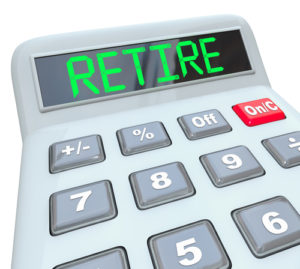 “Retirement: World’s longest coffee break.” —Author Unknown
“Retirement: World’s longest coffee break.” —Author Unknown
Over the years you’ve taken plenty of advice, saved and invested diligently. Now you and your family are knocking on retirement’s door or, perhaps, in its midst.
The good news is the family members will likely live longer than before. The flip side is that more money may be required to fully fund retirement lifestyle.
Let’s assume that retirement spans from age 60 to 90, often longer. Many worry that the money won’t last and runs out during retirement.
Analyze life expectancy of the immediate family members for both spouses or partners. Specifically, review the current ages of grandparents, parents, uncles, aunts and cousins.
Some are petrified at the mere thought of such a prospect becoming reality. The question becomes what you can do to at least contain this situation.
I summarize six essential ideas designed to ballpark your lifestyle needs and help your retirement money last:
1. Family life expectancy
Analyze life expectancy of the immediate family members for both spouses or partners. Specifically, review the current ages of grandparents, parents, uncles, aunts and cousins. Get familiar with the ages attained by family members that have passed away. Pay attention to patterns of critical illness and longevity.
Today, it is commonplace for many to live well into their 80s. It is wise planning for a family to expect that at least one spouse could easily live past age 90. Another expectation is that family longevity continues to increase. Updating the retirement projection refreshes the family’s capital needs for the desired lifestyle.
2. Becoming too conservative
Continue Reading…





